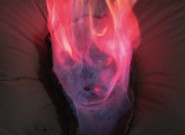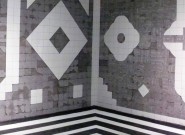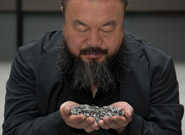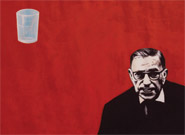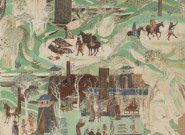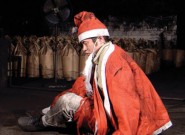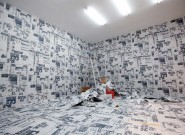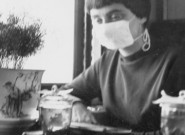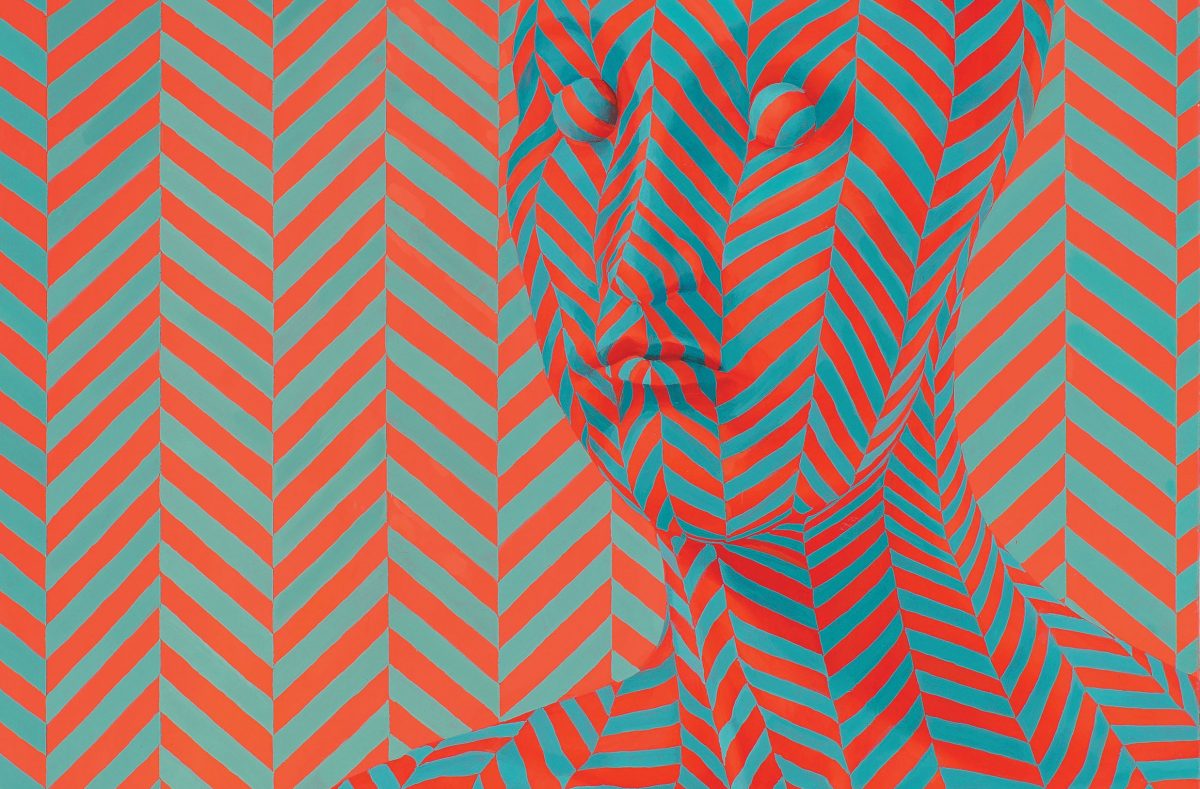Starting off in September 2009, Jiang Zhi’s solo outing “Attitude” passed from Shanghai to Hong Kong to Beijing in his largest scale, longest spanning exhibition yet. Jiang Zhi used video, installation, painting, and a variety of other methods to focus on the expression of the “rhetoric of the subject” and “the relationship between body and…
Read MoreHu Xiaoyuan and Liang Wei’s solo exhibitions opened successively in 798; separate spaces exhibited both of the artists’ four most recent video installation pieces. The works of the two artists not only are of similar volume, but also similarly feature the use of multi-channel monitors. Both made coinciding choices regarding form, electing to embody the…
Read MoreIt is usually just as dusk approaches: Michael Wolf silently scales a high-end office building downtown, resisting gales of wind as they howl across the concrete jungle. He raises his sniper rifle, holds his breath, and takes aim. His armament of choice: a medium format camera. His targets: New York, Chicago, Hong Kong, Tokyo, Paris,…
Read More“Brussels Body Speech,” the cultural promotion project of Brussels’ regional government at the Shanghai World Expo, had an obvious purpose: to generate interest in the arts and culture of Brussels and Belgium through the use of “art” as an “ambassador.” Fortunately, this was not just another instance where curators load up on cultural postcards in…
Read More“Woodcuts in Modern China” offers a concise history lesson in two small gem-studded rooms. The exhibition is also conceived as a somewhat more intimate conversation between contemporary woodblock artists and early twentieth-century masters that preceded them. The older work is drawn from the Theodore Herman collection, a trove of more than two hundred prints obtained…
Read MoreThe museum system’s function within our contemporary art ecosystem is to aptly reflect a certain national condition. Whether nationally or privately operated, the majority of art museums currently keep to the baseline function of serving as public institutions of art, taking a piecemeal, case-by-case approach to collection and exhibition, and seldom carrying out such social…
Read MoreAs with all cities whose cultural resources are unevenly distributed, the most lively art spaces in Xiaozhou village were once scattered along the periphery. But now, with the XiaoZhou-Art Festival, the town has come alive. After the successful hosting of three sessions, the event has already become Guangzhou’s most dynamic folk art festival, a low-cost…
Read More[portfolio_slideshow timeout=7000 exclude=”5167,5171,5503″] A BRIEF HISTORY OF SPACE Art spaces in China have evolved the hard way, through a long process of selection and replacement. We look at some of the places and people who have made this happen. BACK IN THE DAY: ALTERNATIVE SPACES IN THE EARLY YEARS LEAP chats with some of the…
Read MoreThe tragedy of contemporary Chinese art—and I believe that it is at present an intensely tragic one—lies in the inability of its makers to fully exploit the critical potential of their work. As Martina Köppel-Yang has indicated with reference to writings by the cultural historian and theorist Stuart Hall, all forms of cultural production, including…
Read MoreMinsheng Art Museum’s inaugural exhibition, “30 Years of Chinese Contemporary Art,” which opened this past April in Shanghai, used the medium of painting as a tool for combing through the whole of artistic development in China. Hung right at the entrance to the exhibition was an iconic canvas by Zhong Ming, He is Himself—Sartre. While…
Read MoreThe Chinese name for the material consists of the characters for “cliff” and “color.” The Japanese call this material iwae and the Taiwanese call it jiaocai. By any name, its is a compelling story of an ancient skill, its transmission out of and back to China, and its somewhat awkward attempt to find a place in art today.
Read MoreThe question of space for art in China is one of the most expansive around. These days, so are the spaces—or at least so the adage goes. But beneath the proliferation of venues in the last decade or so there lies a fundamental lack, less a function of China than of our general global condition,…
Read MoreArrow Factory A spatial limitation forces a turn to other approaches. It was the spring of 2008, and the city of Beijing was scrambling to prepare itself for the Olympic Games. Off the Airport Expressway, 798 and Caochangdi—infamous hubs of galleries and museums exhibiting contemporary Chinese art— were experiencing unprecedented growth. Meanwhile, in the center…
Read MoreChen Xiaoyun’s enigmatic videos have defied critical interpretation for the better part of a decade, and inspired a younger generation of artists to veer experimental. A recent solo show at the Beijing branch of ShanghART Gallery showed him to be refining his concerns even further, externalizing an internal hysteria that runs just below the surface of Chinese society.
Read More
